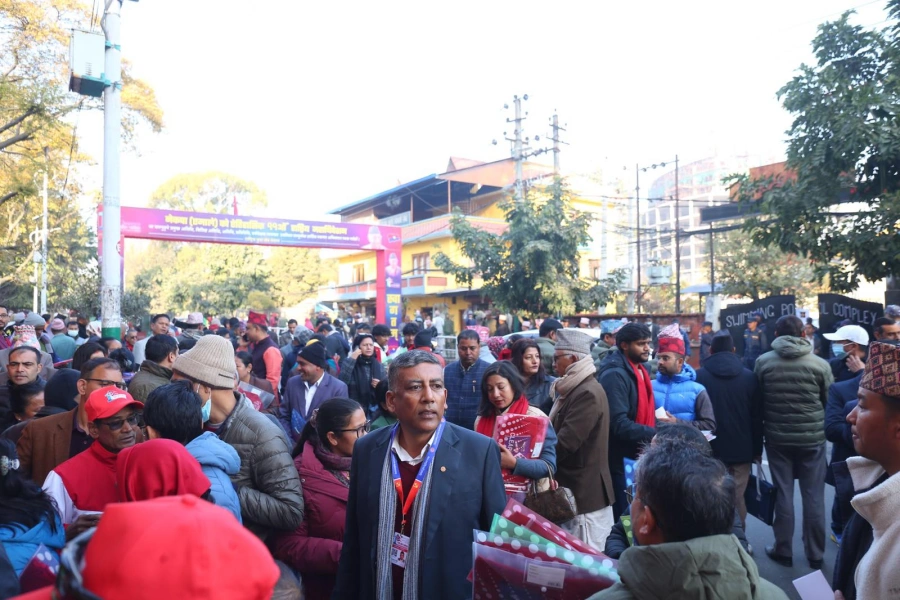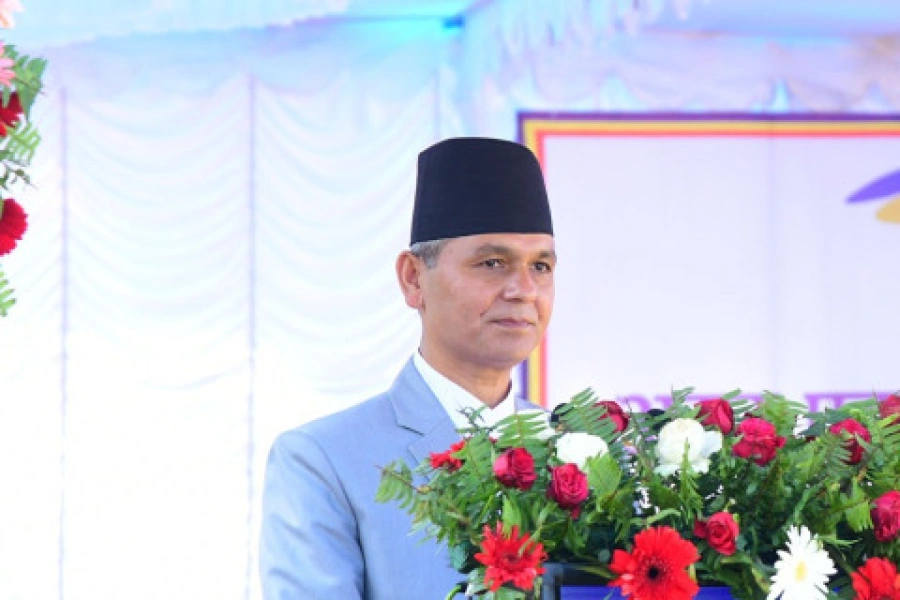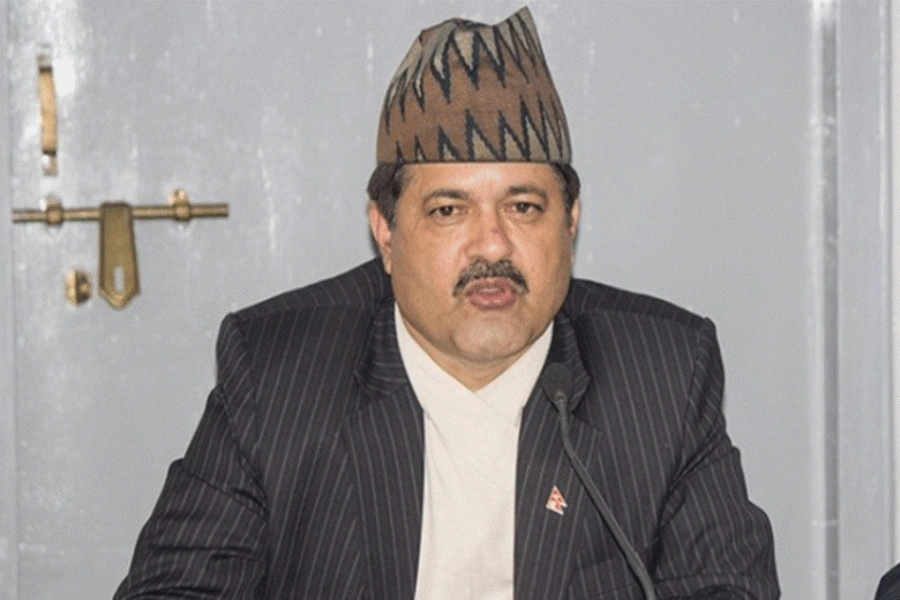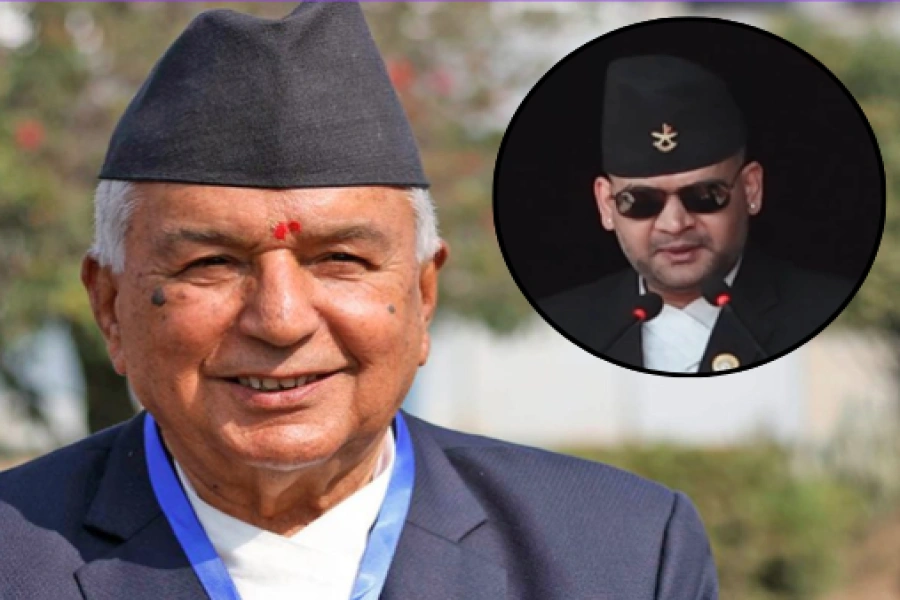Nijgadh was recommended as the most suitable location for an international airport out of eight different sites after a pre-feasibility study carried out in 1995. The recommendation was based on factors like topography, close distance from Kathmandu, the border with India, land availability and requirement, obstruction zoning, runway orientation, space for future expansions viability, and also environmental reasons.
During the inauguration of the Pokhara Regional International Airport (PRIA) on 1st January 2023, Prime Minister Pushpa Kamal Dahal said that the construction of the Nijgadh International Airport would begin soon. Because, for landlocked countries like Nepal, air service is the most efficient mode of transport for better connectivity, he further said.
The Nijgadh International Airport in southern Nepal has been planned as one of the full-fledged super hub transit airports in South Asia. This airport would not only relieve heavy traffic at the Tribhuvan International Airport in Kathmandu, but also be an international air transit hub capable of transporting cheap bulk air cargo fast. It will also sustain the national supply system and replace surface transports, in case of emergency and blockade conditions as well.
However, right from the moment the government floated the idea of building a full-fledged international airport in Nijgadh, it has been surrounded by controversies. The controversy surfaced after an Environment Impact Assessment showed that more than 2 million trees; scattered around the area of 8,045 hectares (19,880 acres) are expected to be cut down, preventing 22,500 tons of carbon from being sequestered every year.
Nijgadh was recommended as the most suitable location for an international airport out of eight different sites after a pre-feasibility study carried out in 1995, based on factors like topography, close distance from Kathmandu, the border with India, land availability and requirement, obstruction zoning, runway orientation, space for future expansions viability, and also environmental reasons.
The construction of this airport was delayed after two senior advocates filed a case at the Supreme Court, challenging the government decision to build an international airport at Nijgadh and demanding to put a stop to the construction of the airport as it would clear a huge dense forest, leading to the disappearance of endangered animals and destroy the environment.
Take holistic approach to build Nijgadh Int’l Airport

The Supreme Court of Nepal halted the construction of the project on 6 December 2019 due to an improper environmental impact assessment (EIA). On 26 March 2022, the court gave a final verdict that quashed all the decisions of the government taken so far to build the Nijgadh airport. According to the apex court’s verdict, three justices ordered the authorities to build the airport by conducting a proper environmental impact assessment ensuring that the environmental damage is minimal. And two justices observed the need for building the airport within the Nijgadh area by ensuring minimal damage to the environment.
The decision further says while the environmental impact assessment should follow due legal procedures, the size of the airport and its capacity should be determined through proper consultations with environmentalists, wildlife experts, airport management experts, economists, sociologists and administrative experts with all possible alternatives to reduce damage and losses.
After the court’s decision, the elites from both sides have started to interpret the court decision according to their knowledge and perceptions. The opponents of the airport interpret that the court doesn’t say the airport is not required, it only says don’t construct it at the proposed site which may cause a huge loss to the environment and biodiversity. The supporters of airport construction in Nijgadh interpret that the court verdict is balanced, corrective and prescriptive; it hasn’t intervened in the executive’s authority to decide where to construct the airport. It has only said due legal processes need to be followed strictly.
In June 2016, during the International Conference on Nepal's Reconstruction, External Affairs Minister of India, Shushma Swaraj disclosed the Indian interest in constructing the second international airport in Nijgadh. India had shown interest in the construction of the multi-million-dollar project due to its strategic importance and proximity to the Nepal-India border. However, the then government of KP Oli turned down the Indian offer to build Nijgadh international airport and decided to mobilize resources on its own for the long pending project.
Thereafter, the Investment Board of Nepal received proposals from different investors from China, India, Qatar, Finland, Switzerland, Malaysia and Nepal to build the airport. Of the seven domestic and international firms, Zürich Airport International was the only firm selected by the government that had submitted expression of interest (EoI) for the airport project based on criteria and standards set by the government and the government invalidated the EoIs of other six firms.
However, at the last moment, Zurich Airport declined to submit a proposal to construct an airport citing the worldwide adverse situation of the aviation sector due to the COVID-19 pandemic.
Currently, the Tribhuvan International Airport in Kathmandu has a passenger’s movements of 7.5 million and cargo movements in average 20,000 tons of maximum in a year. If we compare this figure with Delhi and Mumbai airports in neighboring India, each airport is transporting over 40 million passengers and around one million tons of cargo.
Nepal being a country of high tourism potentialities, Nijgadh airport would handle additional millions of tourists and other travelers to the Kathmandu Valley, central region and Madhesh Province of Nepal. The bordering Indian towns would also benefit from this airport as from Kolkata up to Lucknow, there are not any full-fledged airports in India. The early construction of this airport and connecting Kathmandu to Tarai Madhesh with a fast track road would change the fate of Madhesh Province, which is one of the poverty-stricken provinces in Nepal.
During the earthquake of 2015, aid agencies experienced difficulties due to the small Kathmandu airport, limited cargo ramp only capable of handling two or three wide body aircraft at any one-time, and insufficient warehouses. Moreover, cargo flights were waiting up to four days to receive landing permits. Road transport of urgent aid materials suffered many challenges, including customs issues and the condition of the roads.
Internationally, the cost for air cargo is 4–5 times higher than road transport and 12–16 times than sea transport. Air cargo occupies 1% in volume and 35% in value of total global cargo. According to Airport Council International (ACI), the world's busiest airport in terms of cargo volume is Memphis International (MEM) in the US State of Tennessee, followed by the Hong Kong International (HKG). The ACI's data shows that both the airports processed around 4.5 million tons of cargo in 2020.
Nepal needs an airport capable of handling at least one million tons of cargo annually. Being a landlocked country, the development of reliable air cargo transport would encourage Nepal to produce high-value manufacturing and agricultural products.
Nepal’s existing three international airports are not full-fledged hub airports, and they cannot substitute the Nijgadh airport. The Kathmandu airport has been already saturated from all possible standpoints and the Gautam Buddha International Airport in Bhairahawa has limited capacity only for tourists in Lumbini and workers for Gulf countries. And the Pokhara Regional International Airport is not built for wide body aircraft. Most importantly, a full-fledged airport with more than one hour drive from Kathmandu may not be viable from a commercial and economic point of view.
A Cabinet meeting on August 11, 2022 had decided to form an expert committee based on the apex court's directive to study the possibility of constructing an airport around Nijgadh.
As per the report, an area of about 4,000 hectares connected to the Kathmandu-Tarai Expressway near Nijgadh will be an appropriate location for the airport by scrapping the airport city concept to minimize deforestation and environmental damages.
The committee said trees should be felled on instead of 8,000 hecters, only about 1,500 hectares of the area in the first phase, until the beginning of the second phase.
Nepal has numerous projects of national pride of medium scales; however, this project would be a game changer mega project capable of taking off the national economy and development in a new horizon. The encouraging and positive aspect of this is that the Government of Nepal will construct this project with its own resources after it builds the Tarai Madhes fast track with internal resources.




-1765804380.webp)
































